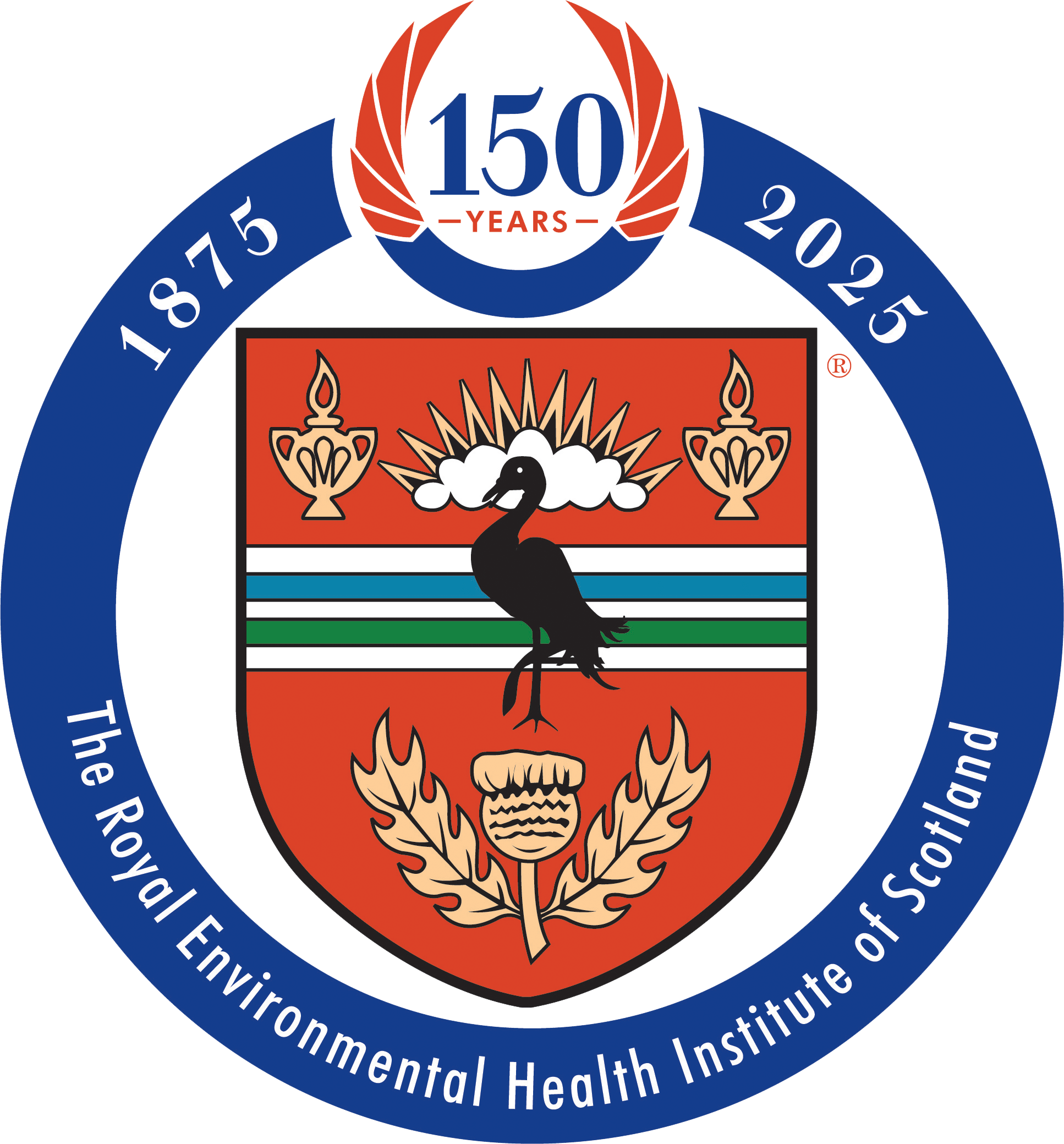The Texas Department of State Health Services has reported a human case of avian influenza A(H5N1) virus in Texas. The case was identified in a person who had direct exposure to dairy cattle presumed to be infected with avian influenza.
In a health alert on 1 April, Texan health officials said a dairy worker had developed mild conjunctivitis, or ‘pink eye’, after close contact with a dairy herd. Testing later confirmed that they had caught H5N1.
According to the Centers for Disease Control and Prevention CDC, this is the second human case of H5N1 flu in the United States and the first linked to an exposure to cattle. In March, the Texas Animal Health Commission announced the first cases of avian influenza A(H5N1) in dairy cattle in the Texas Panhandle.
The Texas Department of State Health Services are now working CDC and other state and federal health agencies to investigate the human and animal cases and understand how the virus is spreading in order to protect livestock and people who work with it.
In recent years, H5N1 has killed millions of wild birds and poultry across the globe. However, in unexpected developments, it has also jumped to animals including cats, bears, foxes, mink and sea lions. This has raised concerns that the virus could have space to evolve to better infect and spread between mammals – and potentially also humans.
Cows were added to that ever-growing list just last week, when the United States reported H5N1 infections in dairy herds. Since then, cases have been confirmed or are under investigation in five states – Texas, Kansas, Michigan, New Mexico and Idaho.
Although cows can contract other forms of influenza and a study in 2008 found cattle could contract H5N1, this is the first time the virus has actually been found in herds.
While the cows do not become seriously ill, a race is now underway to determine whether they were infected via wild birds – which have been found dead on some farms – or whether the virus has started to spread between herds, which has not yet been proven nor ruled out. It would be a concern if the virus has mutated to spread more easily between cows.

